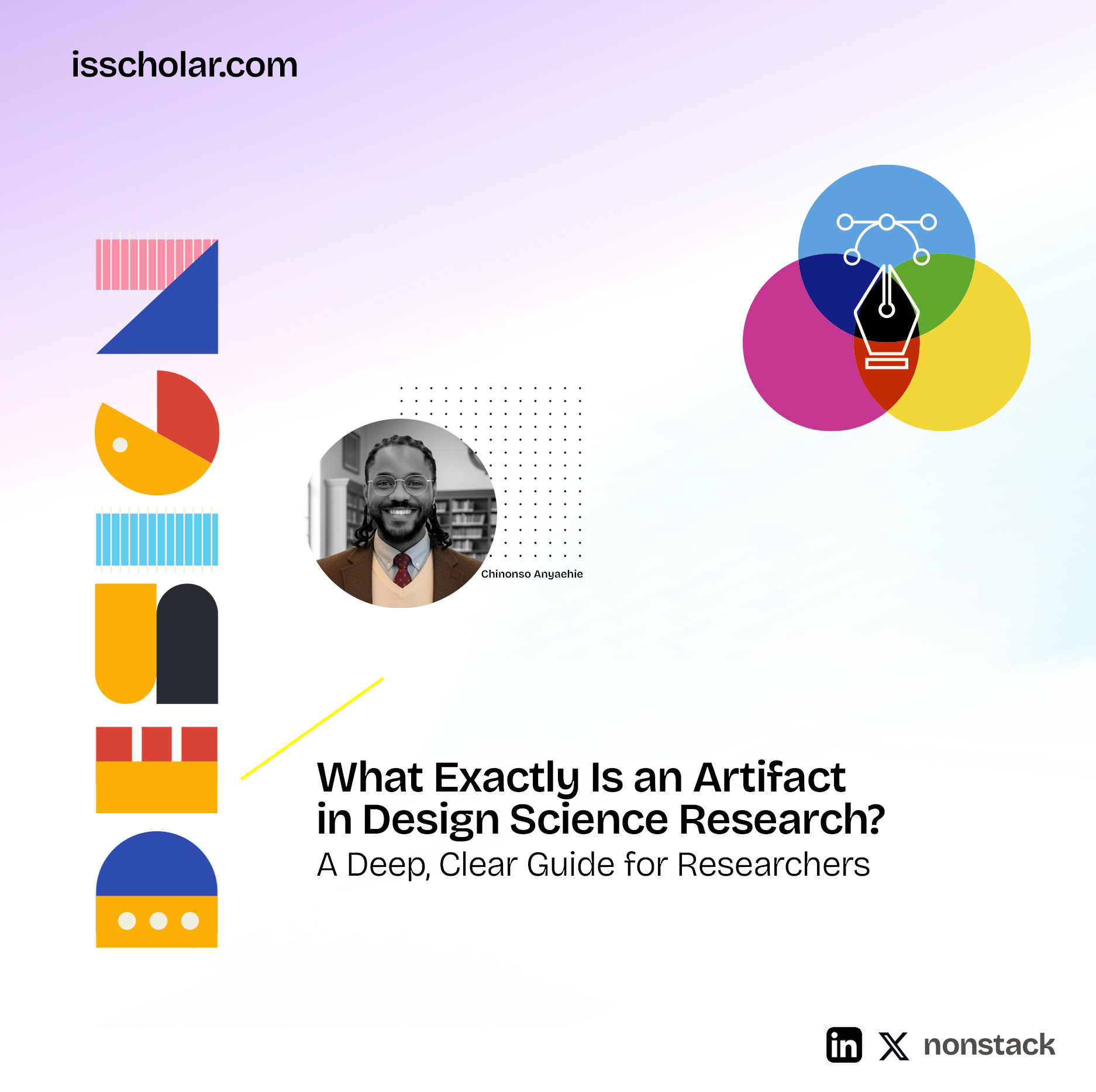Introduction
In the field of Information Systems (IS), developing robust theories is essential for understanding and navigating the rapidly evolving digital landscape. One critical aspect of theory building that is often overlooked is the foundational role of descriptive work, which involves observing, classifying, and understanding phenomena before attempting to explain or predict them. This approach is particularly relevant as organizations grapple with digital transformation, artificial intelligence, and other technological advancements.
Starting with Observation and Classification
To illustrate the importance of descriptive work, consider the historical quest to understand flight:
- Early Theorizing About Flight:
- In the 1100s, people wondered why humans couldn’t fly while some animals could.
- They began by observing and classifying animals into those that could fly and those that couldn’t.
- This led to the creation of a taxonomy, a systematic classification that is considered a Type 1 theory.
- Developing a Taxonomy:
- Categories:
- Effortless Flyers: Birds like eagles and sparrows.
- Difficult Flyers: Creatures that glide or fly short distances, like chickens or flying squirrels.
- Non-Flyers: Animals incapable of flight, like elephants or humans.
- By grouping animals, they could begin to identify characteristics that might explain the ability to fly.
- Categories:
From Descriptive to Explanatory Theories
- Identifying Key Characteristics:
- After classification, researchers looked for traits common to flying animals, such as wing shape, feather structure, or muscle composition.
- This process involves moving from mere description to Type 2 theories, which aim to explain why certain entities have particular attributes or abilities.
- Construct Development:
- Constructs are fundamental concepts or variables that are critical to the phenomenon being studied.
- In the flight example, constructs might include lift, aerodynamics, or wing loading.
- Identifying these constructs is essential for developing theories that can explain and eventually predict phenomena.
Applying This Approach to Information Systems
- The Digital Transformation Context:
- Organizations today are experiencing rapid changes due to digitization, digital strategies, artificial intelligence, and more.
- Understanding these changes requires descriptive work to observe and classify what’s happening in the real world.
- Comparing Digital Native and Transforming Companies:
- Digital Natives: Companies like Amazon and Netflix that were born in the digital era and have digital processes at their core.
- Non-Digital Natives: Traditional companies attempting to undergo digital transformation.
- By comparing these two types, researchers can identify key differences and commonalities.
- Need for Descriptive Work:
- Descriptive studies help in:
- Identifying New Constructs: Discovering elements like digital infrastructure, data analytics capabilities, or organizational culture that influence digital transformation.
- Developing Typologies and Taxonomies: Creating classifications of companies based on their digital maturity, strategies, or technologies used.
- Laying the Foundation for Explanatory Theories: Providing the groundwork to build theories that explain how and why digital transformation occurs.
- Descriptive studies help in:
The Importance of Typologies and Taxonomies
- Defining Typologies and Taxonomies:
- Taxonomy: A hierarchical classification system that organizes entities based on shared characteristics.
- Typology: A classification based on types, which are categories that share certain attributes.
- Examples from Other Fields:
- Miles and Snow Typology:
- In strategic management, Miles and Snow identified four types of organizational strategies: Defenders, Prospectors, Analyzers, and Reactors.
- This typology helps understand and predict organizational behavior in response to environmental changes.
- Application to IS:
- Developing similar typologies in IS can help classify organizations based on their digital strategies or technology adoption patterns.
- Miles and Snow Typology:
Moving Beyond Old Theories
- Limitations of Existing Theories:
- Relying solely on established theories may not effectively address new, emerging phenomena in the digital age.
- Applying outdated frameworks can be like “pushing a square peg into a round hole.”
- Need for Indigenous Theories:
- Indigenous Theories: Theories developed based on current observations and contexts rather than borrowed from other fields or outdated models.
- Emphasizing descriptive work allows researchers to create theories that are more relevant and impactful for today’s challenges.
The Process of Theory Building
- Descriptive Work (Type 1 Theories):
- Observation and Classification: Documenting what is happening without attempting to explain it.
- Creating Taxonomies and Typologies: Organizing observations into meaningful categories.
- Identifying Constructs:
- Determining the key elements that are common within categories and differ between them.
- Explanatory Work (Type 2 Theories):
- Developing Relationships: Exploring how constructs interact with each other.
- Explaining Phenomena: Providing reasons why certain patterns or behaviors occur.
- Predictive and Prescriptive Theories:
- Building models that not only explain but also predict future occurrences or prescribe actions.
Practical Steps for Researchers
- Engage with Organizations:
- Conduct field studies, interviews, and observations to gather rich descriptive data.
- Understand the nuances of digital transformation in different organizational contexts.
- Develop Meaningful Classifications:
- Create taxonomies and typologies that reflect current realities.
- Ensure that classifications are based on empirical data and are meaningful for both theory and practice.
- Publish Descriptive Work:
- Advocate for the importance of descriptive studies in academic journals.
- Encourage the academic community to value and rigorously review descriptive research.
- Build Upon Descriptive Foundations:
- Use descriptive findings as a springboard for developing higher-level theories.
- Collaborate across disciplines to enrich theoretical development.
Conclusion
Descriptive work is a crucial first step in the theory-building process, particularly in rapidly evolving fields like Information Systems. By carefully observing and classifying phenomena, researchers can identify key constructs and relationships that form the basis for explanatory and predictive theories. Embracing descriptive research enables the development of indigenous theories that are better suited to address contemporary challenges, ultimately leading to more impactful and relevant contributions to both academia and industry.










Leave a Reply